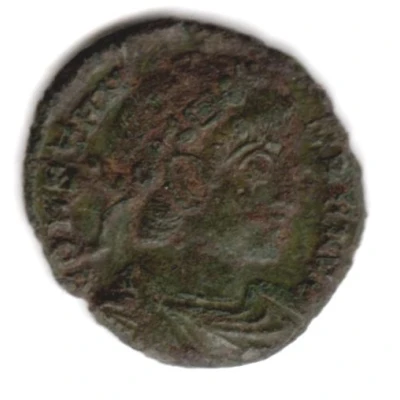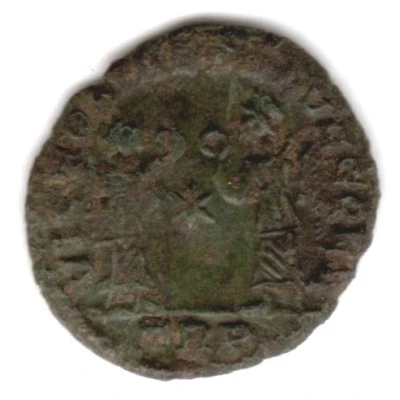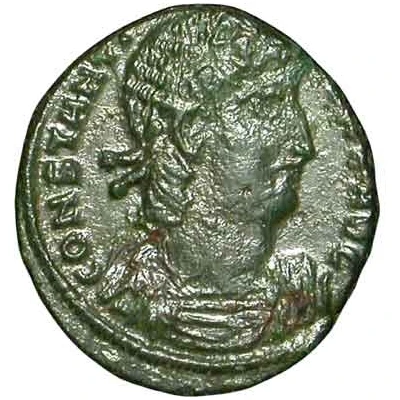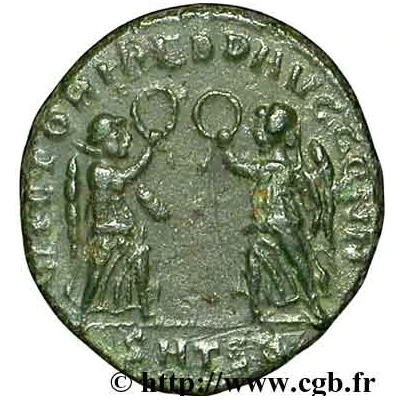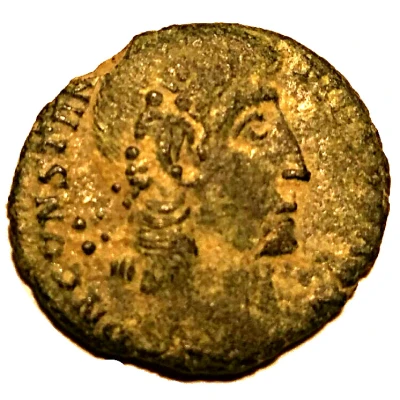
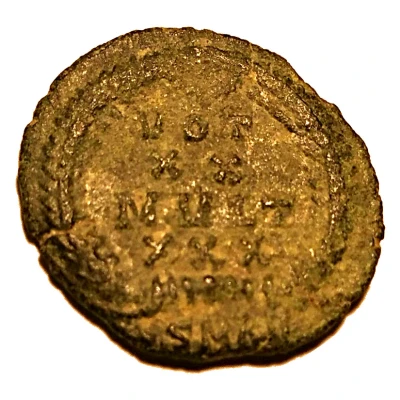

© stefandobyy
Follis - Constantius II VOT XX MVLT XXX; Cyzicus
| Bronze | 1 g | 15 mm |
| Issuer | Rome › Roman Empire (27 BC - 395 AD) |
|---|---|
| Emperor | Constantius II (337-361) |
| Type | Standard circulation coin |
| Years | 347-348 |
| Value | Follis (1⁄180) |
| Currency | Solidus, Reform of Constantine (AD 310/324 – 395) |
| Composition | Bronze |
| Weight | 1 g |
| Diameter | 15 mm |
| Thickness | 1 mm |
| Shape | Round (irregular) |
| Technique | Hammered |
| Orientation | Medal alignment ↑↑ |
| Demonetized | Yes |
| Updated | 2024-10-04 |
| Numista | N#89597 |
|---|---|
| Rarity index | 68% |
Reverse
Lettering on four lines within laurel wreath.
Script: Latin
Lettering:
VOT
XX
MVLT
XXX
SMKΗ
Unabridged legend: Votis vicennalibus Multis tricennalibus
Translation: Vows for the twentieth reign anniversary and more for the thirtieth to come
Edge
Plain
Interesting fact
The Follis coinage was introduced by Emperor Constantius II in 306 AD, and it was the first time that a Roman Emperor's image was featured on a coin. This was a significant departure from the traditional Roman practice of featuring gods and goddesses on coins, and it marked a shift towards a more imperial and autocratic style of governance. The Follis coinage also featured a new standardized design, with the Emperor's image on one side and a reverse design that varied depending on the region where the coin was minted. This standardization made it easier to produce coins quickly and efficiently, and it helped to promote a sense of unity and stability across the Empire.
